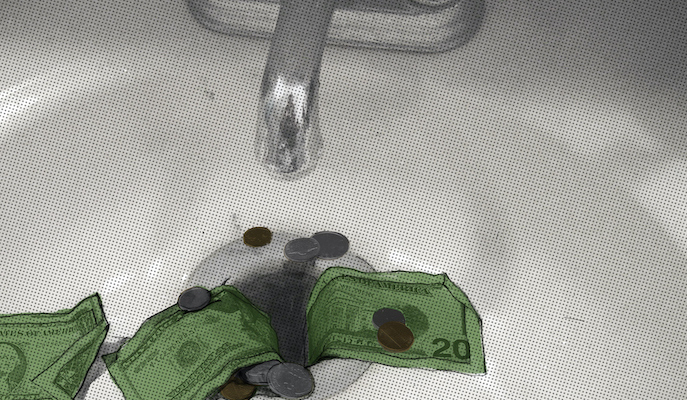AHIP Marketing Campaign Targets Pharma’s Prescription Drug Pricing
The payer organization stated that prescription drug pricing is out of control and explained health insurance's role in reducing the impact.

Source: Getty Images
- AHIP has launched a marketing campaign targeting pharmaceutical companies and the role of prescription drug pricing in healthcare spending.
“Let’s be clear, Big Pharma continues to deceive and divert attention from real solutions and the root cause of high drug prices – Pharma’s anti-competitive, price-gouging tactics. Manufacturers keep prescription drug prices high and undermine the evidence-based, market-driven tools we use to lower prices and provide more choices in quality care for Americans,” Robert Traynham, executive vice president of public affairs and strategic initiatives at AHIP, said in a press release.
“Consumers, businesses, and taxpayers are stuck paying excessively high costs. Big Pharma’s dishonest distractions have to stop.”
The marketing campaign will spread its message through social media and broadcast advertising spots. AHIP will also distribute the ad through specific outlets in Washington, D.C., the hub of healthcare regulatory decision-making in the US.
In its materials, the payer highlighted how pharmaceutical companies have contributed to healthcare spending while increasing their own revenues. Pharmaceutical companies gained $18.6 billion in revenues through new drugs over the last two decades. The payer stated that almost a quarter of every premium dollar (22 cents) goes toward pharmaceutical manufacturers.
Moreover, the prices are rising year after year. AHIP found that a new generation of therapies can cost $3 million per year.
The payer organization juxtaposed pharmaceutical companies’ actions with health plans’ efforts to reduce prescription drug spending.
“Health insurance providers are driven to make health care and prescription drugs more affordable by helping millions of Americans secure more choices at lower costs than ever before,” Traynham said in the statement.
“Our new campaign spotlights the critical role health insurance providers play in making health care more affordable and accessible for Americans every day.”
The campaign’s language was directed toward Americans in general, explaining the role that health insurers play in controlling costs.
“Health insurance providers are Americans’ bargaining power, negotiating for lower drug prices for them,” the materials explained.
“When drug prices go down, you pay less. That’s why health insurance providers negotiate with drug companies for lower out-of-pocket costs and premiums for millions of patients. We’re not middlemen — we’re your bargaining power standing in the way of even higher drug prices.”
The tension between pharmaceutical companies and payers is not new. The amount that each contributes to the average American’s premium dollar has long been a source of contention.
While AHIP has contended that pharmaceutical manufacturers reap 22 cents for every premium dollar, PhRMA—one of the nation’s leading pharmaceutical industry organizations—has argued that pharmaceutical costs for brand name drugs instead contribute less than 11 cents toward the premium dollar. In contrast, PhRMA found that insurer costs contribute nearly 20 cents.
The White House has prioritized cutting prescription drug costs. In response to President Biden’s State of the Union Address in 2022, the Department of Health and Human Services (HHS) has introduced models to lower prescription drug spending.
Payers have made their own recommendations as well. Blue Cross Blue Shield Association (BCBSA) has suggested six policy changes to decrease healthcare spending, one of which was to pursue legislative avenues to lower prescription drug spending. In particular, BCBSA advocated for greater adoption of generics and biosimilars to boost pharmaceutical competition.
